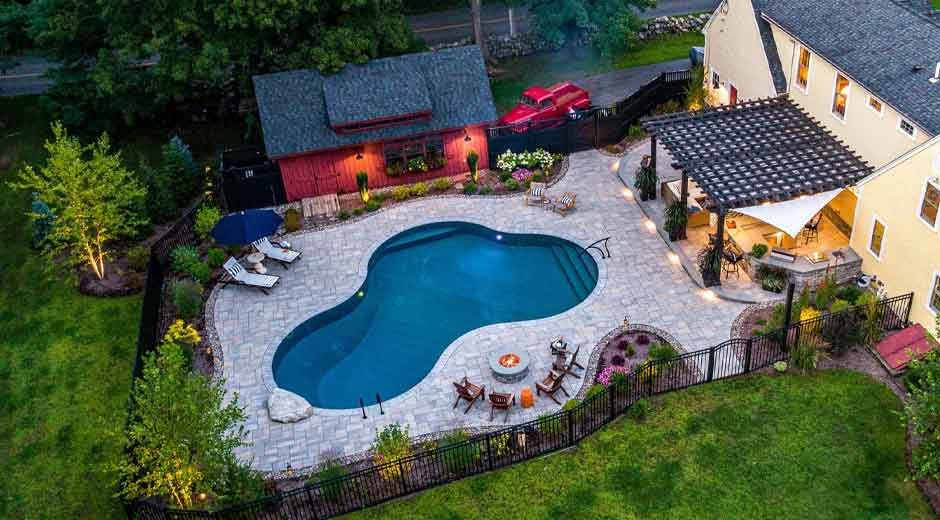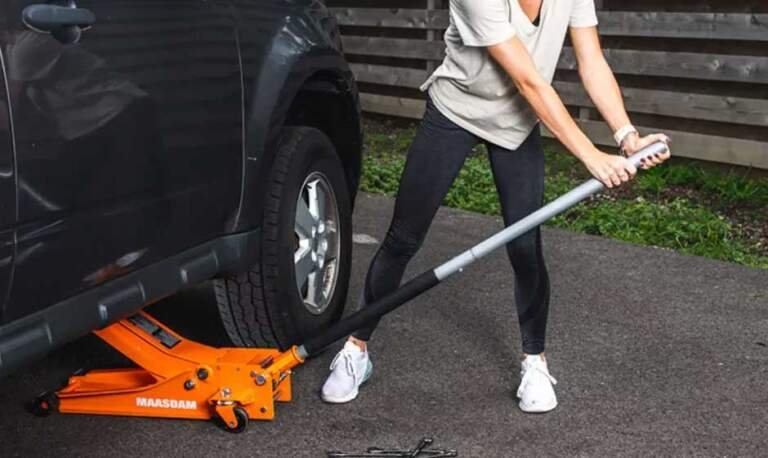Most people approach outdoor projects with way too much optimism and not nearly enough preparation. They see a beautiful patio on Pinterest, price out some pavers at the local hardware store, and figure they can knock it out over a weekend. Then reality hits—usually about halfway through when something’s already gone wrong.
The truth is that outdoor installations demand more upfront planning than most indoor projects. Weather affects everything. Drainage can make or break the whole thing. And the ground itself? That’s a variable nobody really thinks about until they’re dealing with settling, cracking, or worse.
The Foundation Problem Nobody Talks About
Here’s where most projects actually fail: the stuff you can’t see once everything’s done. A beautiful paver patio looks great on installation day, but if the base wasn’t prepared correctly, problems show up within the first year or two. Sections start settling unevenly. Pavers shift and create tripping hazards. Weeds push through the joints. Water pools in spots where it shouldn’t.
The base layer is everything in hardscaping work, and it requires multiple components working together. There’s usually a compacted gravel base for stability, then a layer of sand for pavers that allows for proper leveling and drainage, and finally joint sand that locks everything in place. Each layer serves a specific purpose, and skipping steps or using the wrong materials creates problems that get expensive to fix later.
This is where planning really pays off. Figuring out the right depth for each layer, calculating how much material is needed, and understanding compaction requirements—these aren’t fun tasks, but they determine whether the project lasts five years or twenty-five years.
Drainage: The Thing That Ruins Good Projects
Water is probably the biggest destroyer of outdoor installations, and most homeowners don’t think about it until they’re standing in a puddle where their nice patio used to drain properly. Even a perfectly flat-looking yard has subtle grades and drainage patterns. Adding a patio or walkway changes how water moves across the property, and ignoring this fact leads to some really frustrating situations.
Proper planning means walking the space during and after rain to see where water naturally goes. It means checking the grade and potentially adjusting the installation to direct water away from structures. Sometimes it requires adding drainage solutions underneath the visible surface—things that cost money and time upfront but prevent water damage and foundation issues down the road.
The problem is that drainage mistakes often don’t show up immediately. The project looks great for the first season, maybe even the first year. Then winter hits, freeze-thaw cycles start, and suddenly there’s cracking or heaving in sections where water pooled underneath. By that point, fixing it means tearing up significant portions of the installation.
Material Calculations and the Budget Reality Check
Most people drastically underestimate how much material outdoor projects actually need. There’s the visible stuff—pavers, stones, whatever’s going on the surface. But then there’s several inches of base material underneath, edging to hold everything in place, joint sand to fill gaps, and usually extra material because things never work out to exact measurements in the real world.
Running out of material halfway through a project is more than just annoying. It means making another trip (or several trips) to the supplier. It means potential color or texture mismatches if the exact product isn’t available anymore. It means the project takes way longer than planned, which matters when working around weather windows.
Smart planning involves calculating everything needed upfront, then adding a buffer. That might feel wasteful when buying materials, but it’s way better than the alternative. Leftover base material can always be used for other projects or grading work. Being short on materials when everything’s torn up and half-finished? That’s a problem with no good solution.
The Weather Window Nobody Accounts For
Outdoor work is entirely dependent on weather, and planning needs to account for this reality. A project that takes two weekends in perfect conditions might stretch to six weekends when dealing with rain delays, temperature issues, or ground that’s too wet to work properly.
Base materials need time to settle and compact correctly. Pavers need to be installed when temperatures are moderate—too hot and working conditions become miserable, too cold and materials don’t set properly. Rain doesn’t just delay work for a day; it can affect the project site for several days afterward depending on drainage and soil conditions.
This is especially important for anyone hiring contractors. Their schedule depends on weather too, and a project estimated at one week might realistically need two or three weeks accounting for delays. Planning around this means not scheduling important events right after projected completion dates and having realistic expectations about timelines.
The Site Prep That Actually Matters
Before any materials get delivered, the site needs proper preparation, and this is where many projects lose time and money. Removing existing surfaces, clearing vegetation, dealing with tree roots, and excavating to the correct depth—these tasks take longer than expected and sometimes reveal surprises that require plan adjustments.
Professional landscapers know to expect the unexpected when digging into established yards. Old utility lines, buried debris, large rocks, or unstable soil conditions can all appear and require solutions. DIY projects often stall out at this phase because the preparation work is physically demanding and less rewarding than the visible installation work that comes later.
Good planning includes realistic time estimates for site prep and some budget flexibility for dealing with surprises. It also means having the right equipment available—some excavation work really does require machinery rather than hand tools, and trying to muscle through with inadequate equipment just extends the timeline.
Making the Plan Actually Work
The difference between projects that go smoothly and ones that turn into multi-month ordeals usually comes down to planning detail. Writing out each phase, estimating time for each task, listing every material needed with quantities and sources, and building in buffers for delays—this groundwork feels tedious, but it prevents most of the common problems that derail outdoor projects.
It also helps to have realistic expectations about skill levels and available time. Some projects genuinely make sense as DIY work. Others really do require professional expertise and equipment, and recognizing this upfront saves time and money compared to starting a project, hitting obstacles, and then hiring professionals to fix mistakes.
Outdoor installations can add tremendous value and enjoyment to a property. The projects that work well and last for decades are the ones that started with solid planning, realistic material estimates, and proper attention to the foundation layers that nobody sees once the job is finished.











